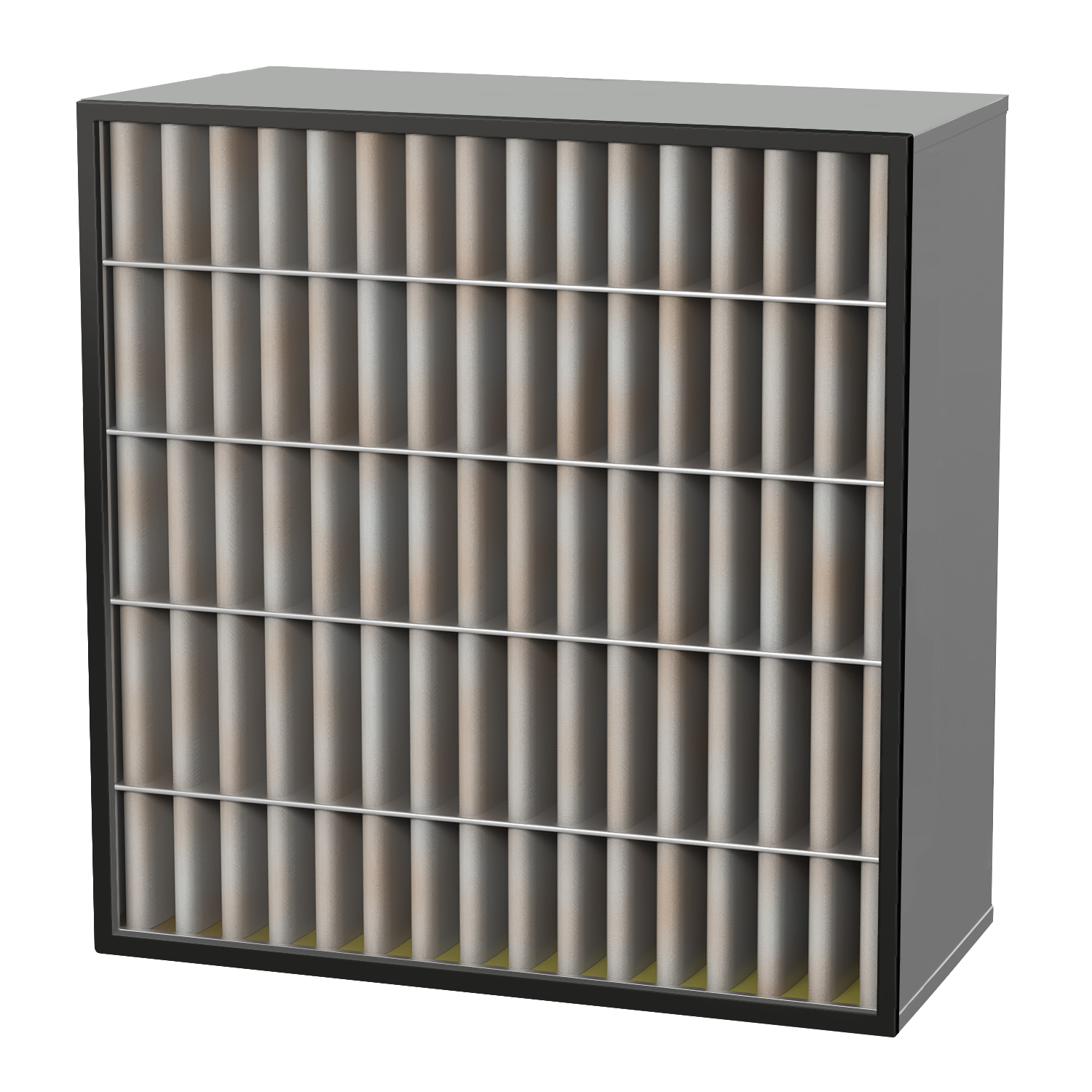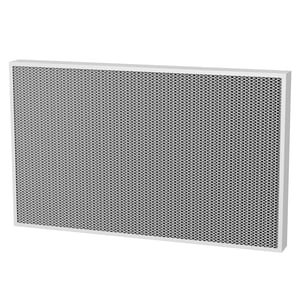Protecting critical components
In Semiconductor manufacturing, contamination can lead to defects, electrical malfunctions or complete failures resulting in quality issues and production yield loss. Particle contamination has been well known and controlled, but for advanced technologies, materials and processes are more sensitive with Airborne Molecular Contamination (AMC).
AMC filters play a pivotal role in removing molecular contaminants such as acids, bases, dopants and Volatile Organic Compounds (VOCs) safeguarding the fabrication of logics or memory chips.
Here are six essential considerations for selecting the right molecular filter for semiconductor manufacturing:
Thi-Quynh
Nguyen Mazo
EMEA Product Manager,
Molecular Filtration
One of the primary factors to consider when choosing a molecular filter is its filtration efficiency . AMC filters are installed in facility systems and on top of tools or tool environment. In advanced fabs, wafer processes operate at AMC concentration of few ppb (parts per billion) or sub ppb levels, especially in critical areas such as lithography. Filters with high-efficiency ratings ensure effective contaminant removal minimizing the risk of contamination and defects in semiconductor wafers.
At Camfil, our molecular media and AMC filter efficiency is rigorously tested according to ISO 10121 standards under conditions closely to real-world applications.
Semiconductor manufacturing involves a variety of process gases and chemicals, each presenting unique filtration challenges. Some chemical impregnations in filters can react with these substances, creating harmful by-products. It's crucial to select molecular filters that are chemically compatible with the substances present in the production environment. Using the correct molecular media will ensure that the adsorption rate is maximised and contamination rates are reduced.
At Camfil we utilise a full range of different media designed to target your molecular contaminant.
The longevity and maintenance requirements of molecular filters significantly impact operational costs and production efficiency. When considering the correct filter performance and lifetime are key. Ensure that a solution is chosen that is tested against your specific contaminants and changeout lifetime is optimised based on minimum performance levels.
Camfil’s unique MCCLD software accurately predicts the lifetime of your molecular filtration installation, while CLEAN AMC optimizes total AMC control concept and cost of ownership. CLEAN AMC allows you to simulate different filter solutions to gather information on achievable AMC concentrations in different parts of a cleanroom system, for instance above the ceiling, below the FFU filters or as an average cleanroom concentration in return AHU. These tools help tailor the AMC solutions based on the parameters of your production plant, providing optimised performance and lifetime.
Cleanroom environments in semiconductor manufacturing adhere to stringent cleanliness standards, meaning the filters chosen should support the meeting or exceeding of these requirements. Ensure that the molecular filters are compliant with cleanroom classifications and regulations, as well as ISO10121 to ensure they are fit for purpose. Filters should be designed to integrate seamlessly into the cleanroom or controlled environment, with features such as leak-free seals, minimal particle shedding, low AMC outgassing, and compatibility with airflow control systems. Choosing filters that align with cleanroom standards ensures the maintenance of ultra-clean conditions essential for semiconductor fabrication.
Semiconductor manufacturing is a dynamic industry characterized by rapid technological advancements and evolving production demands. When selecting molecular filters, consider their scalability and potential for future-proofing. Choose molecular filters and systems that can be easily scaled to fit the future demand of your clean room
At Camfil R&D is at the heart of our company. With Molecular filtration development labs we aim to bring the most efficient (both filtration performance and energy performance) filters to the market. By carefully considering these factors, semiconductor manufacturers can ensure that they select the most effective AMC filtration solutions, protecting critical components and processes and maintaining high production yields.
Energy costs has a huge impact on semiconductor manufacturing. Ensuring that the right air quality is provided into the controlled environments is key to optimising the manufacturing process. With AMC filtration removal ensuring the molecular contaminants are captured in an energy efficient way can lead to great savings
At Camfil our AMC filters are designed to reduce the pressure drop across your HVAC system. Our CamCarb XG has shown to reduce energy consumption by up to 35% against other comparable AMC filter solution see more.

-v01-Product-picture_gasket.png?width=300&height=300&bgcolor=white)
